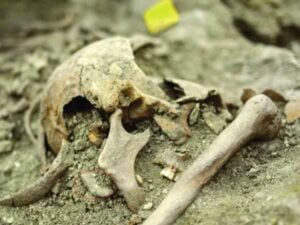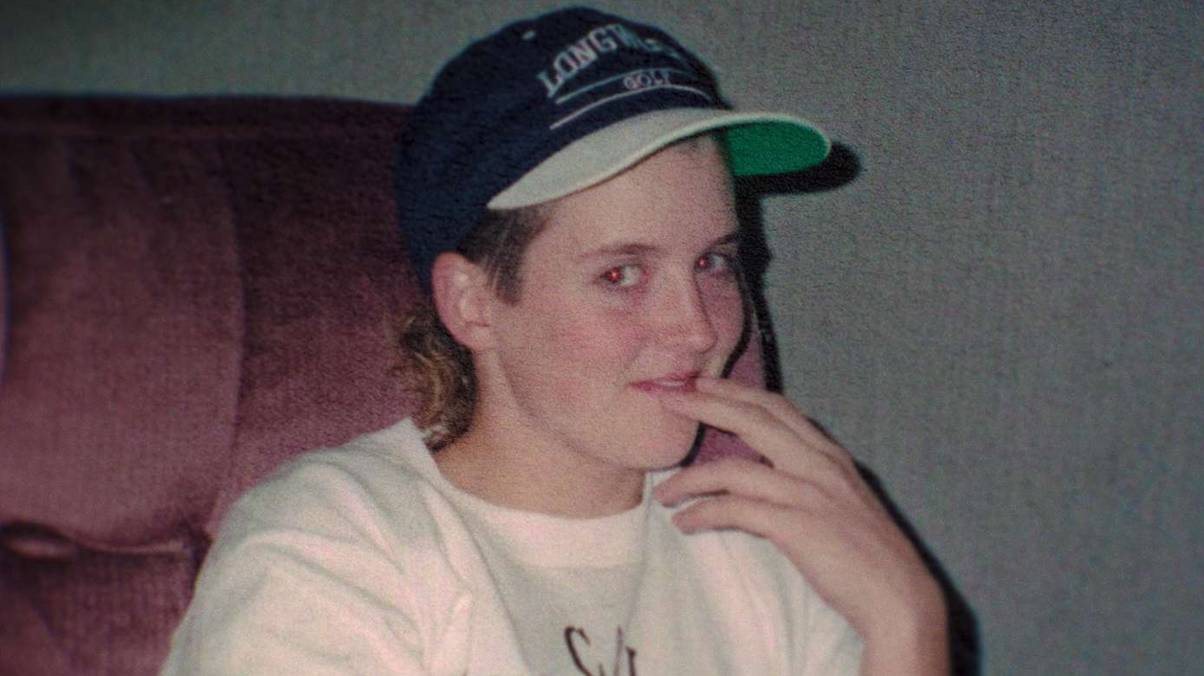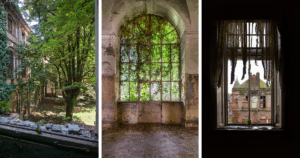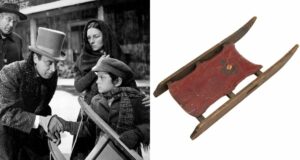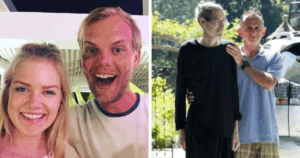“Unearthed Secrets: Decapitated ‘Vampire’ Unearths Chilling Medieval Burial Mystery in Croatia”
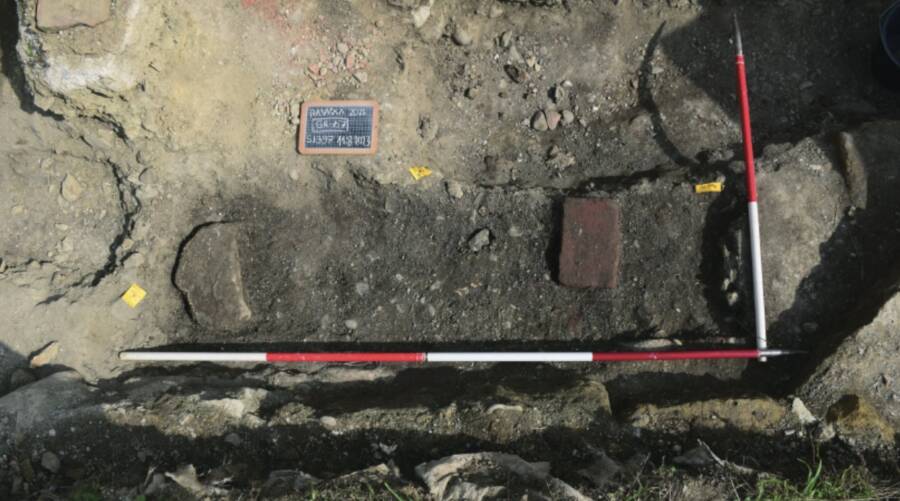
Nataša Šarkić The emptied “vampire” grave, with the large stones still in position.
Šarkić found that the body had initially been buried in a more traditional fashion, then later moved and placed in the strange manner in which it was found — a method that Šarkić said “was always reserved only for those who were in some way unfit in that society. That is, this can be considered a form of punishment.”
But why would a person be punished like this postmortem? To answer that question, researchers noted the historical context of medieval European beliefs about death — specifically the widespread fear of “vampires.”
Evidence Of A “Vampire” Burial Illustrates Medieval Concerns About The Dead Rising From The Grave
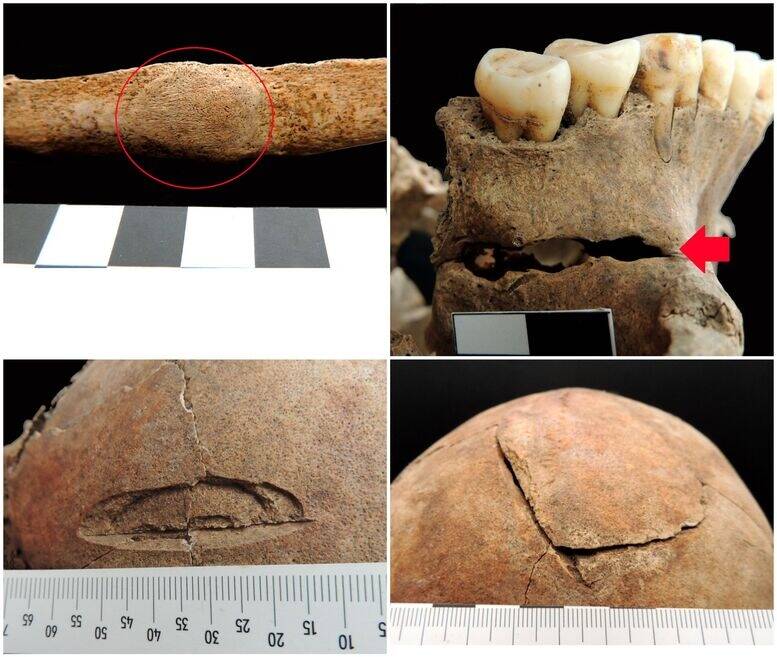
Nataša Šarkić Damage to the skull and skeleton of the deceased “vampire.”
Based on their observations, researchers believe that the person buried at Rašaška may have been a soldier or knight of some kind, given the signs of violence on his remains. If not, however, then he may have been a “problematic” person in society, one who defied cultural norms.
That would explain why the remains were tampered with later on. Medieval Slavs believed that a person’s soul did not immediately pass on to the afterlife when the body died. Rather, they believed that the soul would only depart once the body had rotted away, 40 days later. If that person was a sinner or suffered a violent death, however, it was believed that their body would not decompose and instead rise from the grave as a vampire.
